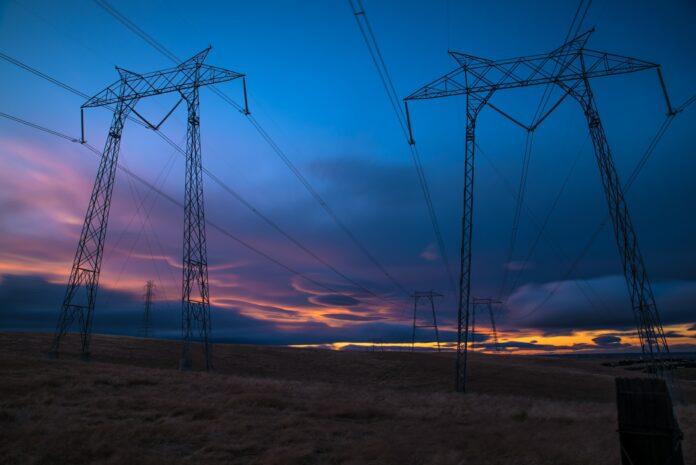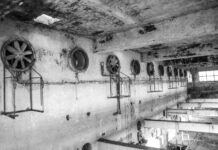The effective or otherwise reasonable use of energy is referred to as energy efficiency. If we’re talking about energy efficiency at home, we’re talking about steps taken to reduce the amount of energy consumed while maintaining a high standard of living – Efficient Ventilation.
One of the most energy-intensive engineering systems is ventilation. In terms of capacity, they account for up to 40% of the heat and up to 70% of the electrical energy needed by the engineering support of the building due to their traditional design. The systems have become more technologically advanced in terms of energy efficiency in recent years.
The Most Important Characteristics Of Energy-efficient Systems
- utilising the heat from the exhaust air to warm the supply air
- enhancing the efficiency with which cold is generated for air conditioning systems;
- Adaptability is defined as the ability to accept changes in air exchange and microclimate factors as a result of the situation’s variability.
- Caused by the accumulation of thermal energy and the cold, energy consumption is reduced.
- Energy consumption is reduced as a result of improved circuit solutions and the pace with which the working environment moves.
There are a number of reasons to instal a good ventilation system:
- The client wishes to save money.
- To protect the people in the room’s health
- In manufacturing plants, to assure product quality
- To boost employee productivity
- To avoid having to make costly system changes that are already in place.
- Troubleshooting detection issues
Standardization has been established for the energy efficiency of ventilation systems. In our country’s experience, energy efficiency regulations have had an indirect impact on ventilation and air conditioning systems. Some of the guidelines are as follows:
- SP 50.13330.2011 – minimum requirements for heat energy consumption in residential and public buildings for heating and ventilation;
- It is recommended in SP 60.13330.2011 in the section “Energy efficiency” to use the heat of the exhaust air.
- GOST R 30494-2011 advocated using carbon dioxide concentration to determine the quality of indoor air.
Despite the fact that air exchange regulations for outside air range from country to country, there is a trend for norms to converge.
An air recovery and recirculation system is an example of an energy-efficient system. Both air recovery and recirculation circuits save energy, but each has advantages and disadvantages. They can be widely employed in public and industrial buildings to establish energy-efficient ventilation systems.
Controls and automation are required for ventilation and air conditioning systems. Energy consumption can be lowered by evaluating the possibilities for energy savings through automation and control.
Window Ventilation Is An Out-of-date And Costly Practice
The existing ventilation systems no longer meet the energy efficiency criteria. Obviously, the tenant cannot decide the amount of air required for regeneration, the point of air intake into space, or the duration of its supply on his or her own.
When using a window for ventilation, the amount of fresh air is either too little or too much. When a window is opened for 10 minutes at a temperature of 5 ° C and an indoor temperature of 21 ° C, around 10 kWh of heat is lost, which is 0.14 € for electric heating.
Design Of Energy-efficient Ventilation
The desire to save resources is increasing in modern culture. Ventilation is one of the most expensive aspects of a building’s energy balance. Warm exhaust air is vented outside in the winter. This is how a typical ventilation system appears. The heat from the exhaust air is removed and transferred to the cold supply air coming in from the street in energy-efficient ventilation. It is vital to consider the effectiveness of both heat and moisture recovery while constructing energy-efficient ventilation. Also, choose the types of recuperators that are most appropriate for each scenario.







